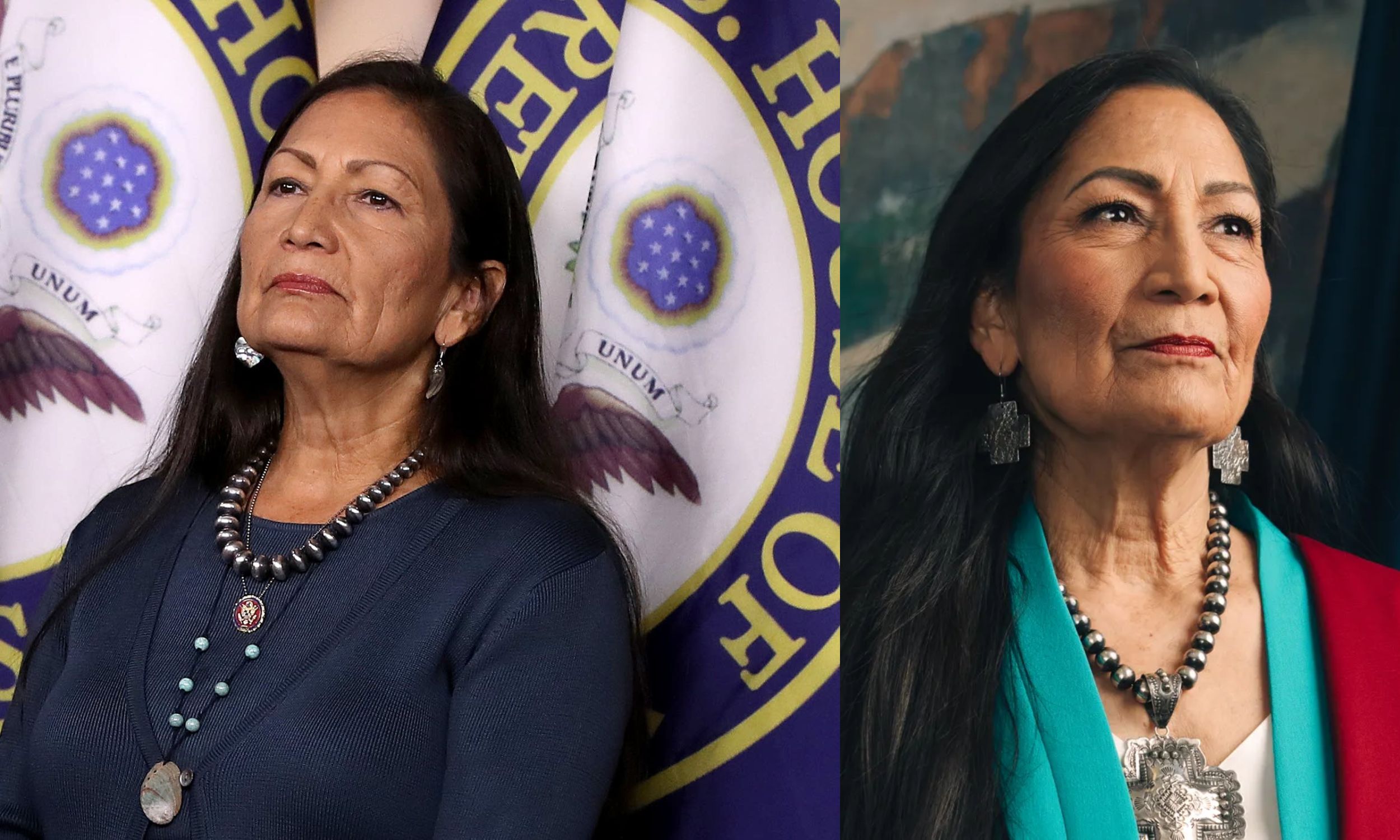Back in 1894, 19 Hopi men from the Third Mesa in Arizona faced arrest and were sent to Alcatraz Island. They refused to give up their children for federal boarding schools.
The US government had been attempting to forcibly assimilate Native Americans by removing their children from their families and sending them to schools far away, where they were forced to abandon their traditional culture, language, and religion. The Hopi parents had tried to resist, but the authorities used physical force and withholding of food and water to try to break their resolve.
The 19 men were marched 150 miles to Fort Wingate, then transported to California, where they were imprisoned for nearly a year. The Commissioner of Indian Affairs recommended holding them until they showed “beyond a doubt” that they had renounced their “evil ways” and accepted the government’s plans for their “civilization and education”.

This was not an isolated incident. From 1819 to 1969, the US government took hundreds of thousands of Native American children away from their families and sent them to boarding schools across the country.
The schools were marked by reports of disease, physical and sexual abuse, and financial exploitation. At least 500 children died in these schools, and many were never returned to their families.
The boarding school system was a vast family-separation policy that targeted every tribe in the country, deliberately deracinating generations of children.
Even today, the legacy of this trauma continues to affect Native American families, including that of Deb Haaland, the first Native American to serve as Secretary of the Interior. Her grandmother Helen was taken from her family at the age of 8 and sent to a boarding school, where she was forced to abandon her traditional way of life.


